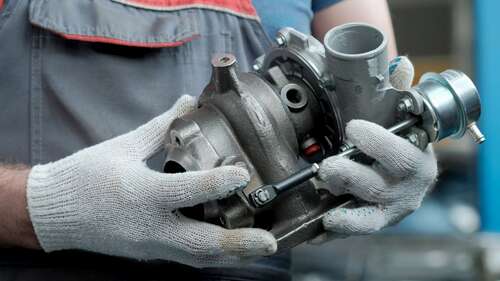
Engine turbochargers are most often added to (sometimes even included with) small engines as a way to push their horsepower beyond their factory limits. With the added benefit of not eating through your fuel supply at an alarming rate — at least not any faster than your engine would regularly use it.
In essence, the turbocharger acts as a compressor. The gasses produced by the engine cause the turbo’s turbine to spin, which then allows it to push more air into the engine and increase overall power output. Turbos generally end up providing an approximate 30- to 40-percent increase in engine power, as well as a lot more torque (twisting force) that can improve acceleration, hauling power, and your car’s ability to handle inclines.
Turbos have their drawbacks, however. They can be quite expensive to install and maintain, for one thing. There are also common instances where you’ll experience lag between acceleration and feeling the turbo kick-in, referred to as turbo lag, which won’t hurt your engine but it will sometimes take a little bit for the device to get up to speed. You’ll also need to be mindful of the heat. It should generally be fine so long as you don’t overwork the engine very often, but pushing things too hard or for too long can cause major damage to the turbo itself, or even directly to the engine.

